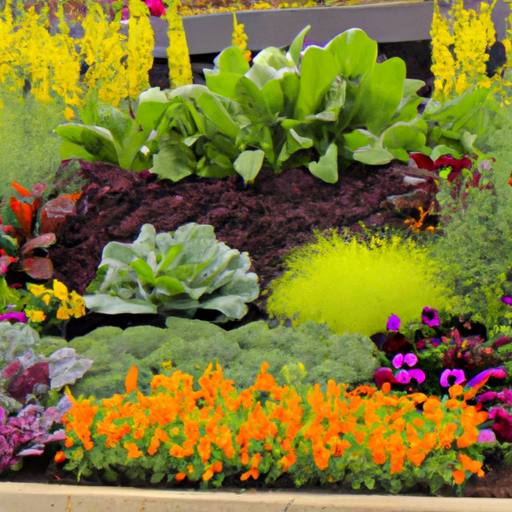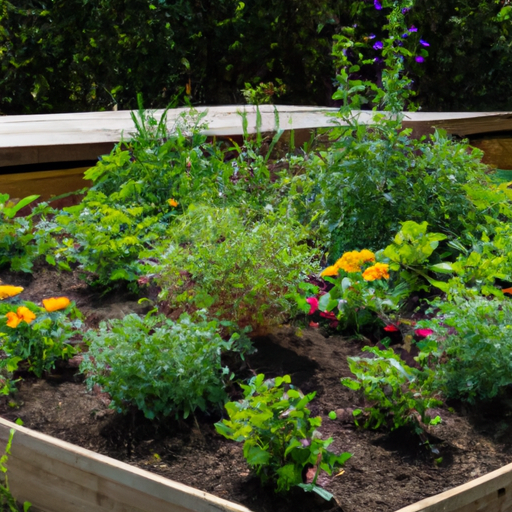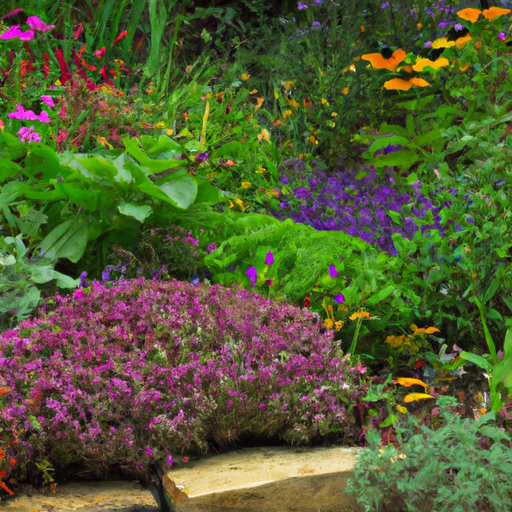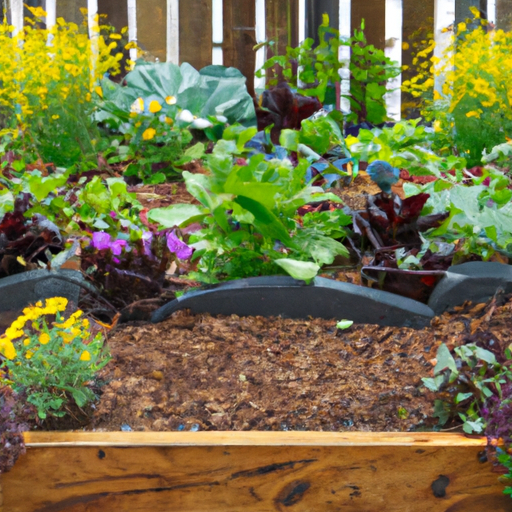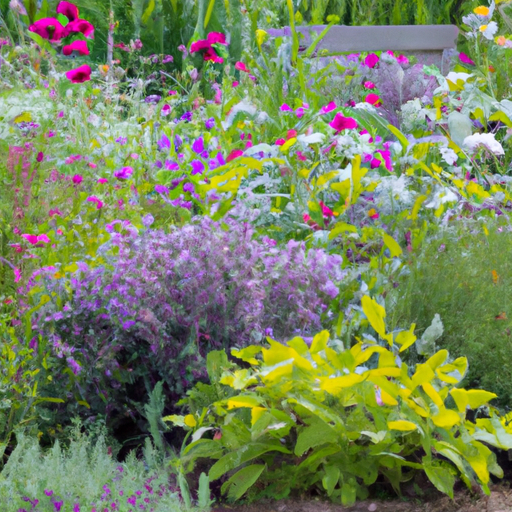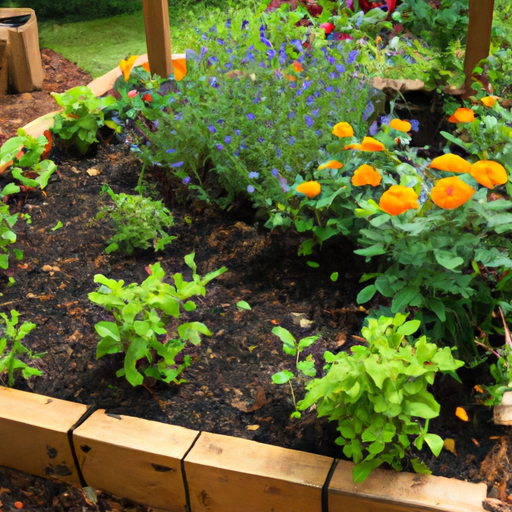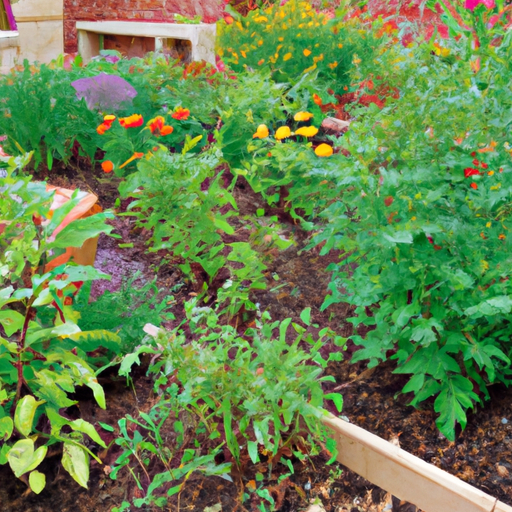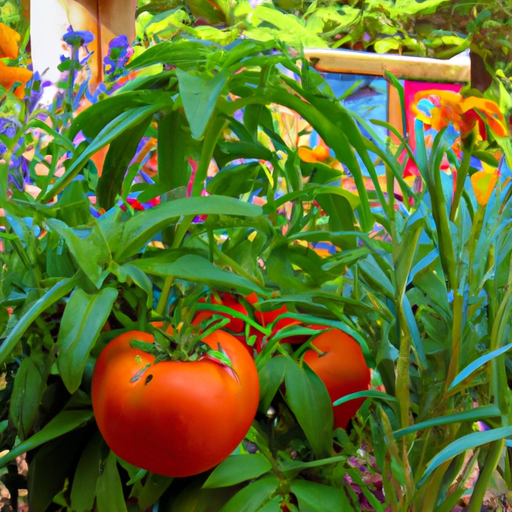The Ultimate Guide to Companion Planting Techniques
This message is a welcome and introduction to a comprehensive guide on companion planting techniques. The guide explores the history and benefits of companion planting, different types of techniques, choosing compatible plant species, implementing companion planting in the garden, and frequently asked questions. It emphasizes the natural and sustainable benefits of companion planting for pest control, soil health, and increased yields. The guide encourages gardeners to experiment and find the best combinations for their unique garden space.
